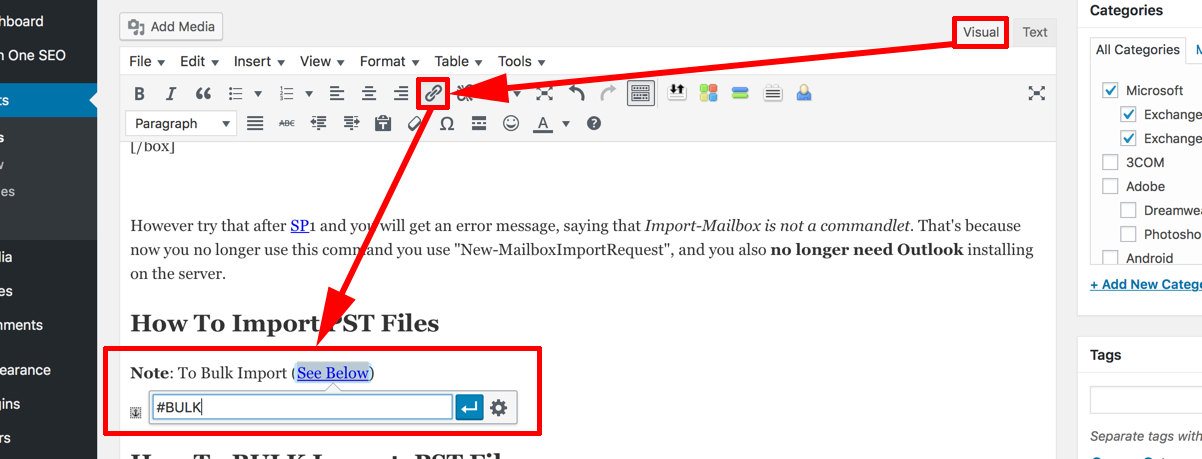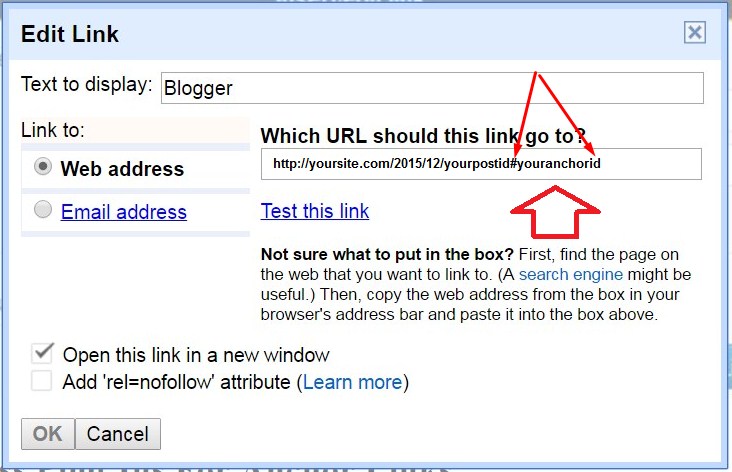

Previously, on Classic Editor, you needed to install an anchor link plugin to do this. As the default editor has plenty of blocks with the system to add anchor links on their own, creating anchor links does not require third-party plugins. Anchor links can improve the user experience and make navigating long-form content a superbly easy.Īfter the introduction of Gutenberg editor, it became a piece of cake to create anchor links. Anchor links are not a much-talked topic at all. Readers can jump over to the target parts without going through all the details. Thanks to Gutenberg, we can now do all sorts of fun things that weren’t possible before.Anchor links make navigations on pages easier. In a way, it lets you optimize a single article for multiple keywords. This might be a double-edged sword, but it will probably allow users to jump directly to a section of your site. I know for a fact that Google itself users internal anchor links within an article to link directly to portions of the page from within the search results.

I use them all the time to refer users to a specific part of the article, and they can return to where they left off by clicking the back button. In fact, it’s important to make sure that your TOC plugin works correctly with any manual anchor links that you create.īut apart from TOCs, internal anchor links are great for users to navigate around your content. However, I don’t recommend creating a manual TOC and suggest using a plugin instead. The first use for anchor texts is in the form of a Table of Contents (TOC). Some articles are so in-depth and comprehensive that they can be overwhelming.

Internal anchor texts are extremely useful while writing long-form content. You can repeat this procedure for any block – it doesn’t have to be a heading. Click this link, and the page will scroll immediately to the linked block.


 0 kommentar(er)
0 kommentar(er)
